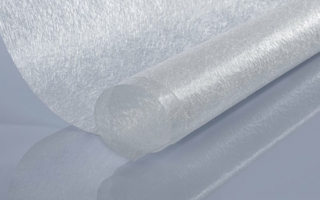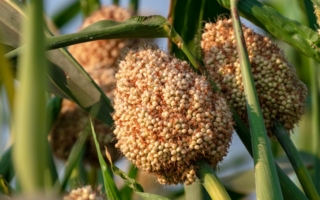12/06/2017 – Lenzing AG — auf Deutsch lesen
Botanic carpets and rugs
After successfully conquering the world of bed linen, Lencel – a lyocell fibre made by Lenzing – has set its sight on another interior essential: carpets.
Traditionally, carpets are made of coarse and long fibres similar to wool, meaning that the usually thin and short fibres of cellulose are unsuitable. Until now. Lenzing has created a new generation of Tencel fibres that are thicker and longer than standard cellulose, specifically for textile flooring. With this novel application of Tencel the custom-made fibres also lend their unique properties to carpets and rugs.
Tencel gives carpets a particularly high dye affinity. According to Lenzing, the smooth surface of its fibres and their soft and silky touch, also make it a highly comfortable alternative to conventional textiles.
Additionally, the fibre’s excellent moisture absorbing and releasing properties can balance out fluctuations in indoor temperature and humidity. Thus, moisture is prevented from accumulating on walls and windows, proactively protecting against mould. These special moisture-regulating abilities improving indoor climate and hygiene are what sets Tencel apart from synthetic fibres. As Lenzing explains, carpets that do not regulate moisture may encourage the growth of bacteria, fungi and mites. Another advantage of Tencel is its resistance to moths, as they feed on proteins found in wool but not in cellulose.
Tencel naturally and inherently contains moisture, yet feels completely dry. The moisture content in Tencel is around 13%, compared to 1% in synthetic fibres. Moisture acts as a static arrester effectively preventing static charge.




